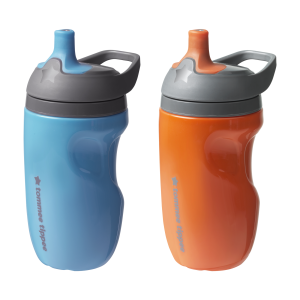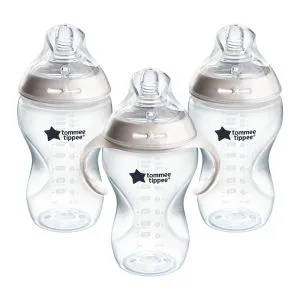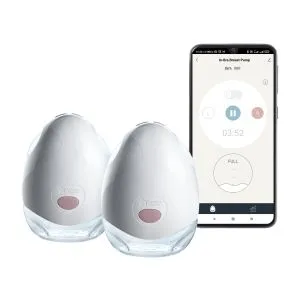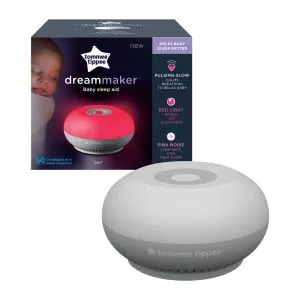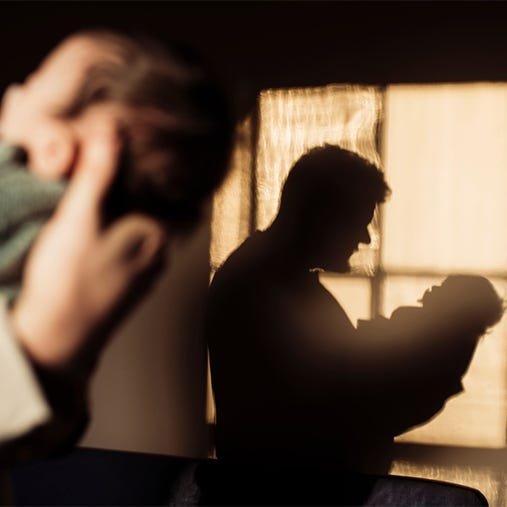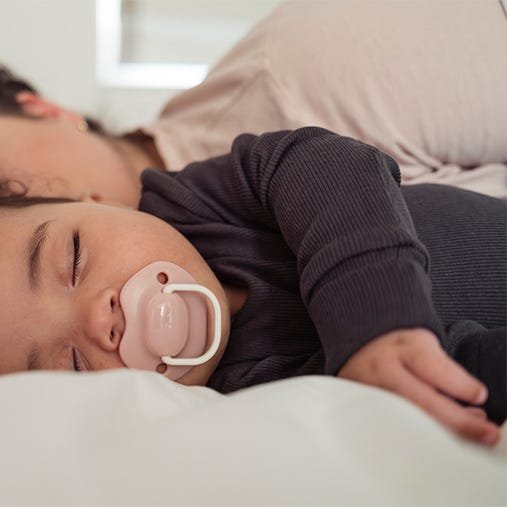After spending 9 months in the quiet comfort of the womb, the outside world can feel a little overwhelming for your baby. All those new sights, sounds, and sensations take some getting used to.
That’s where white noise comes in. It’s a go-to for many parents, and is a simple, effective way to help soothe a fussy or unsettled baby.
What is white noise?
White noise is a steady, gentle sound that helps block out background noise. It’s like the whooshing sounds your baby heard in the womb, which can help them feel calm, safe, and ready to sleep.
It’s often described as sounding like the static from an old-school TV or radio and is just loud enough to smooth over sudden noises and create a soothing sleep environment.
And it’s not just for babies. Plenty of sleep-deprived parents rely on white noise to help them get better rest, too.
How to use white noise at bedtime
If you’re thinking about using the sound of white noise to help settle your baby, try making it part of their nightly bedtime routine.
Just like adults, babies thrive on consistency. Starting their wind-down at the same time each night can make a big difference. Watch for baby’s sleepy cues, rubbing their eyes, yawning, getting a little fussy, and keep the environment calm and quiet.
A warm bath followed by a cozy story is a great way to ease into bedtime. Then, once they’re ready to sleep, dim the lights and turn on some gentle white noise or soothing sounds. It can really help them drift off, and stay asleep longer.
Is white noise bad for babies?
Not at all. When used properly, white noise is completely safe, and it can be a really helpful tool for settling your baby. It mimics the familiar sounds of the womb, helps calm fussy newborns, and blocks out background noise so your little one can sleep more soundly.
Think of it as a helpful sleep cue, not something you have to use, but a simple, soothing way to support better rest.
Tips to use it safely
- Keep the volume low: Aim for under 50 decibels. That’s about as loud as a soft shower. If you need to raise your voice to talk over it, it’s too loud.
- Don’t place it too close: Keep the white noise machine at least 6 feet away from your baby’s sleep space.
- Use it just for sleep: Stick to naps and bedtime. Using it all day can make it less effective.
- Wean off gradually: If you decide to stop using it as your child gets older, reduce the volume slowly or start by removing it during naps first.
How loud should baby white noise be?
White noise shouldn’t be louder than 50 decibels, that’s roughly the sound of a gentle shower or a quiet chat at home. It should be calming, not overwhelming. If it feels soothing to you, chances are it’s just right for your bub, too.
Keep the device at least 2 metres away from wherever your baby’s sleeping, whether that’s a crib or stroller.
When should you stop using white noise?
There’s no hard-and-fast rule. Some parents start to ease off around 12–18 months, while others keep it going into toddlerhood and beyond. It really depends on your baby and what fits your routine.
Signs it might be time to stop using white noise
- Your baby is falling asleep easily without it
- You’re travelling more and want less gear to pack
- Your toddler’s more interested in the noise than sleepy from it
How to wean a baby off white noise?
- Take it slow: Gradually turn the volume down over a few weeks
- Start with naps: Try phasing it out during daytime sleeps first
- Stick to your routine: Keep the rest of your bedtime wind-down the same
White noise is a helpful tool, but like all tools, you can stop using it when it’s no longer needed. Just follow your baby’s lead.
What is pink noise?
Pink noise is the most natural and balanced of all the sound options, it’s like gentle background noise that creates a calming atmosphere. It helps promote deeper sleep by boosting slow brain wave activity, which is key for memory and learning.
The Sleep Foundation explains that, “like white noise, pink noise is a broadband sound that includes a range of frequencies.” What sets pink noise apart is that it has lower-pitched tones than white noise. Some researchers even liken it to the steady sound of a waterfall.
The Tommee Tippee Deammaker uses pink noise to help settle babies and encourage them to sleep better, for longer.
